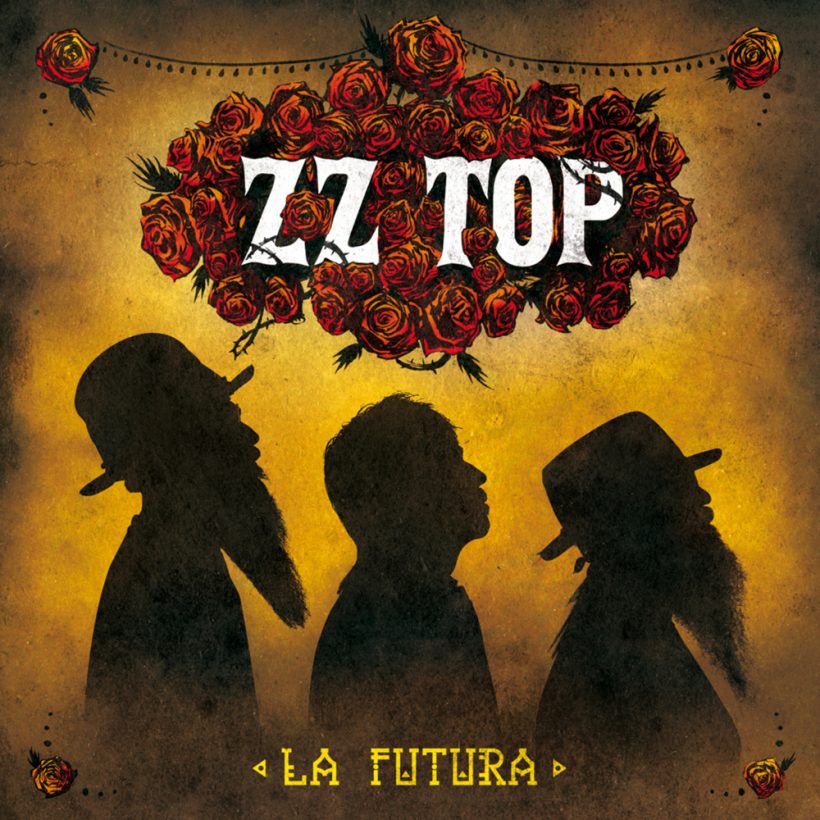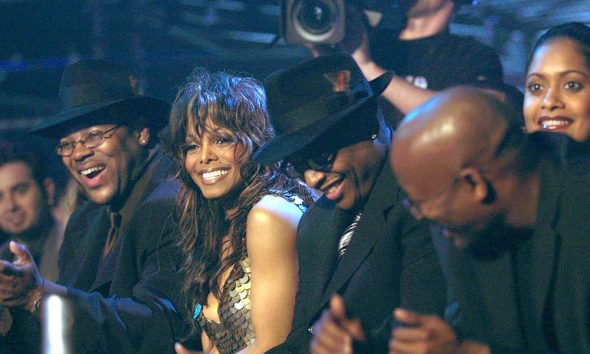‘La Futura’: How ZZ Top Found A Brand New Groove With Rick Rubin
With a hip-hop cover and legendary producer Rick Rubin on board, ZZ Top supercharged their classic boogie rock with their 2012 album, ‘La Futura’.

In the hallowed corridors of rock’s hall of fame, there are plenty of artists who have traded on a signature sound that’s perfectly content to reside in the wing marked If It Ain’t Broke, Don’t Fix It. If we were to say AC/DC to you, your mind would straight away wander to the foot-stomping, hard-hitting blues that has soundtracked a million bar fights and a couple of million more hangovers. Ponder Motörhead and your guts will probably ache at the mere thought of Lemmy’s bowel-rumbling, hard thudding bass guitar clinics. You may think that the booty-shaking, baby-making, beer-soaked, voice-croaked, ah-how-how-how-how of ZZ Top falls into that camp, but the 21st Century has been a weird time for many a classic rock band – and their 2012 album, La Futura, came off the back of their weirdest yet.
In 2003, ZZ Top released their less-than-favorably received 14th studio album, Mescalero, a collection that still had enough boogie in it to sound like That Little Ol’ Band From Texas, but also took bizarre in-roads into country and Mexican Tejano territories and, on “Punk Ass Boyfriend,” even flirted with industrial soundscapes.
“La Grange” and “Gimme All Your Lovin,’” it was not.
Crawling from the swamp
Since changing the trajectory of Johnny Cash’s life and music with their all-conquering American series, producer extraordinaire Rick Rubin had long since garnered a warranted reputation for resurrecting careers, with everyone from Metallica to Neil Diamond regaining critical and commercial success under the Midas touch of the New York-born guru.
With the band’s previous Tex-Mex disaster still fresh in the memory, and even with Rubin’s world-renowned track record, you could have been forgiven for raising both eyebrows with the news that the band’s comeback album, La Futura, was due to open with a cover of “25 Lighters,” a 90s hip-hop track by Houston’s DJ DMD, featuring Lil’ Keke and Fat Pat.
While the original was all fat G-funk bass and Southern hip-hop slurs, ZZ Top’s take on it, entitled “I Gotsta Get Paid,” came crawling from the swamp. It had the band’s trademark hip-swinging sass and swagger back in spades; the guitars dripped with more sex than a Brazzers set and one listen was enough to make you feel as if you’d ingested more Marlboro and Jack Daniel’s than should be medically possible.
It was the perfect launchpad for a masterful return to form.
Rediscovering their mojo
Picking up where that left off, “Chartreuse” is a hard shuffling, shoulder-bopping swinger in the vein of “Tush” that comes and goes in a rawkus and rambunctious three-minute blast and has made itself into ZZ’s live set just shy of 400 times, according to setlist.fm.
“I Don’t Wanna Lose, Lose You” and “Flyin’ High” get hell-raising, hard-rocking blues right in the way that Rubin never quite managed with AC/DC on their 1995 misfire, Ballbreaker. (If you want an extra factoid on the latter of those two ragers, “Flyin’ High” was given its premiere onboard a Soyuz spacecraft during its launch to the International Space Station a year before the album’s release, at the insistence of NASA astronaut and friend of the band, Mike Fossum.)
Released on September 10, 2012, La Futura found ZZ Top had rediscovering their mojo, and then some. Consistent and faithful to their past but with enough balls and sonic power to hang with any contemporary hard rock band, the album landed at No.6 on the Billboard chart, their highest position since 1990’s Recycler, some 22 years previously.
Rubin and ZZ Top was just the match made in heaven that fans old and young had hoped it would be. La Futura also broke the world record for the most amount of facial hair ever packed into one recording studio. Probably.












